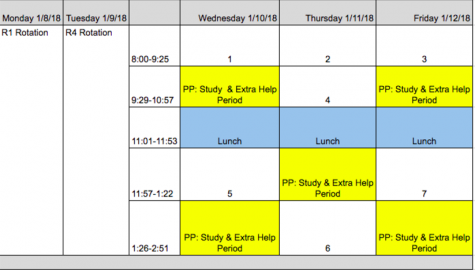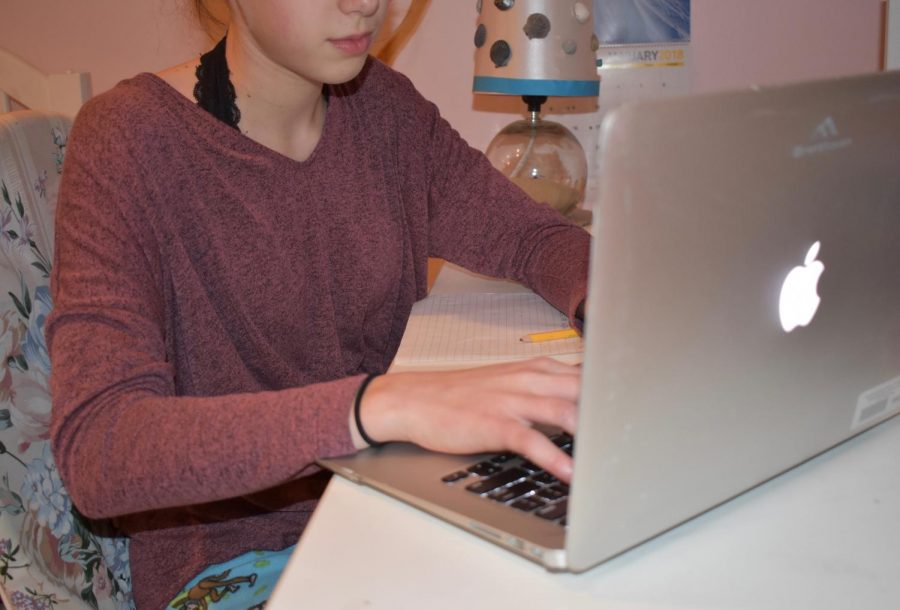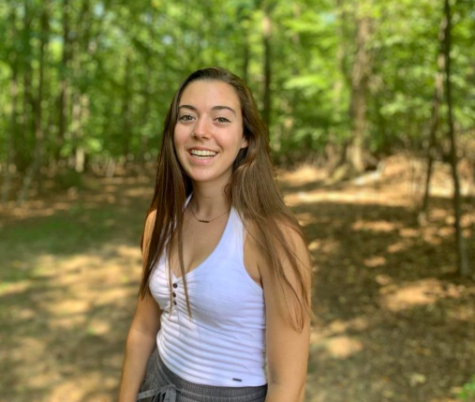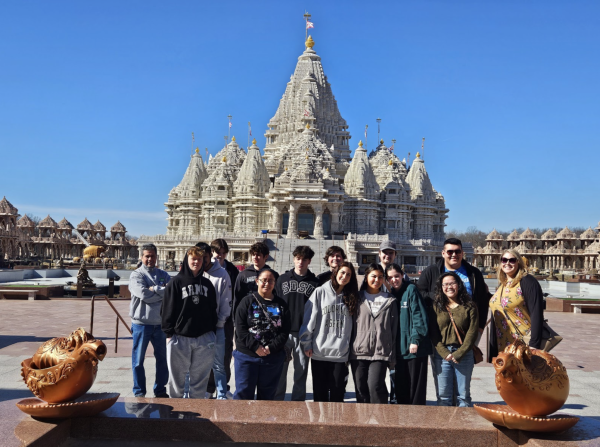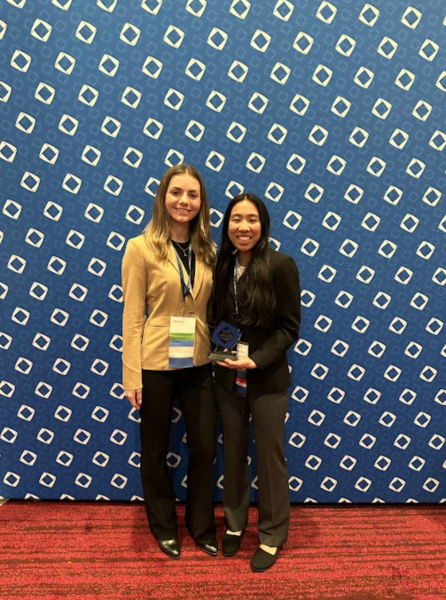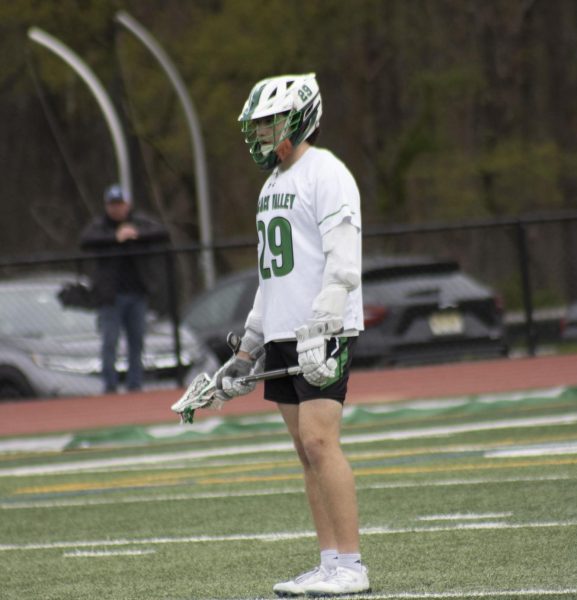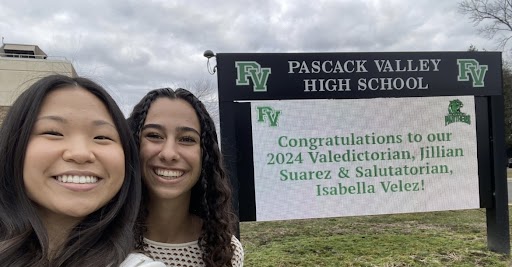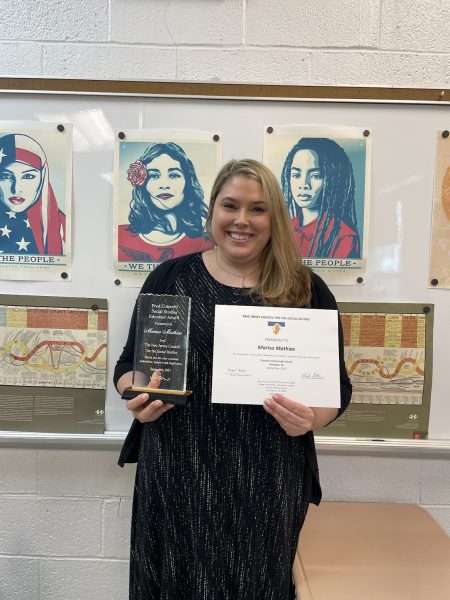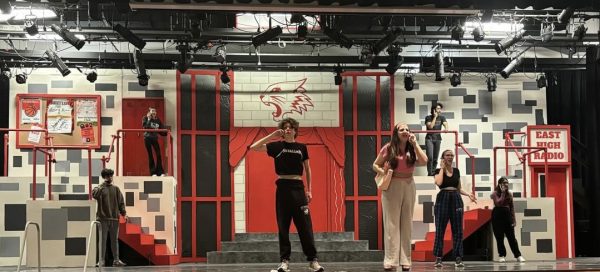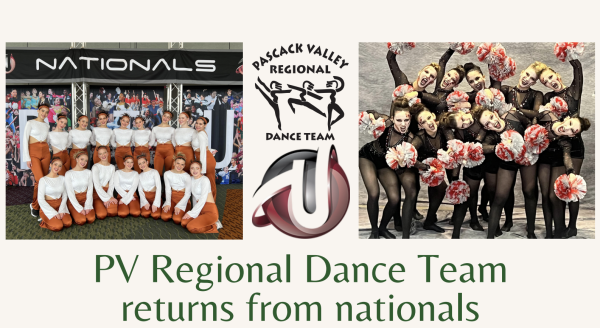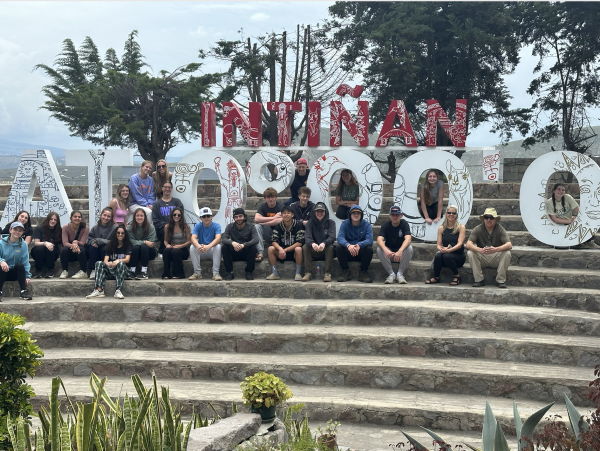PV initiates new midterm schedule
This year, a new midterm schedule was implemented that gives each subject department the ability to choose how they would like to evaluate their students. The schedule was decided upon during the spring of 2017, but determined by the feedback after the midterm week comes to an end, changes could be made.
As midterm week approaches, Pascack Valley students scramble to finish their review packets and attend study sessions to ensure success on their upcoming assessments. This is the first year for many students to experience high school midterms, considering last year, all students were exempt from midterms in their classes.
Prior to five years ago, the district’s schedule consisted of two two hour midterms each day, allowing students to be dismissed at noon. Makeup exams took place in the afternoon. Last year, midterms were not administered each semester, but many classes had cumulative exams as a replacement.
This year, different from any other midterms at PV, the district wanted to give the subject departments the flexibility for how they would like to assess their student’s knowledge of the subject. The district eliminated having midterms count for a stand-alone 10 percent of a student’s grade, and instead, will be included in their semester grade.
Under the leadership of department supervisors, each department was responsible for making the decision if a midterm was to be part of their assessment plan. Math, English, and science instructors opted to give midterms, while other classes would continue to meet without a midterm exam.
Additionally, five Pascack Periods were incorporated into the new schedule where students are required to visit their homerooms before the study sessions. Students have the option to remain in school for the last 90 minutes of the day to catch up on work or visit teachers for extra help.
Although, as an alternative, students could leave school early for the second Pascack Period if they have access to transportation to work at home. However, the buses are running on a normal schedule.
“I think that they [midterms] are helpful because you have to be able to take small bits of information and be able to put them together in a bigger way,” PV chemistry teacher Christopher Nilsen said. “That is what the midterms help you do, rather than studying for a test and forgetting. It is also good practice for midterms in college.”
The current midterm schedule was decided last spring. The Board of Education discussed to keep the current structure or bring the midterm schedule back. They overall decided to put their plan into motion of introducing midterms.
Feedback from several surveys and discussions concluded that parents, students, and faculty members believed it would be the most beneficial to have an official midterm week take place.
As this year’s midterm week comes to an end, the district will evaluate the schedule afterward to see if it was successful, and then plan accordingly for the years following, depending on the feedback they receive.
Dr. Barry Bachenheimer, the Director of Curriculum for the Pascack Valley district, notes that over the years, midterm week has improved immensely.
“As a whole, I believe that the district is analyzing assessments differently than it was a decade ago,” Bachenheimer said. “Rather than giving a test just to get a grade, they are being used to have students demonstrate what they have learned, and as importantly, to show teachers what areas might need remediation if a class as a whole is having difficulty. I think we also assess students in a variety of ways in addition to tests, including projects, essays, and presentations.”
